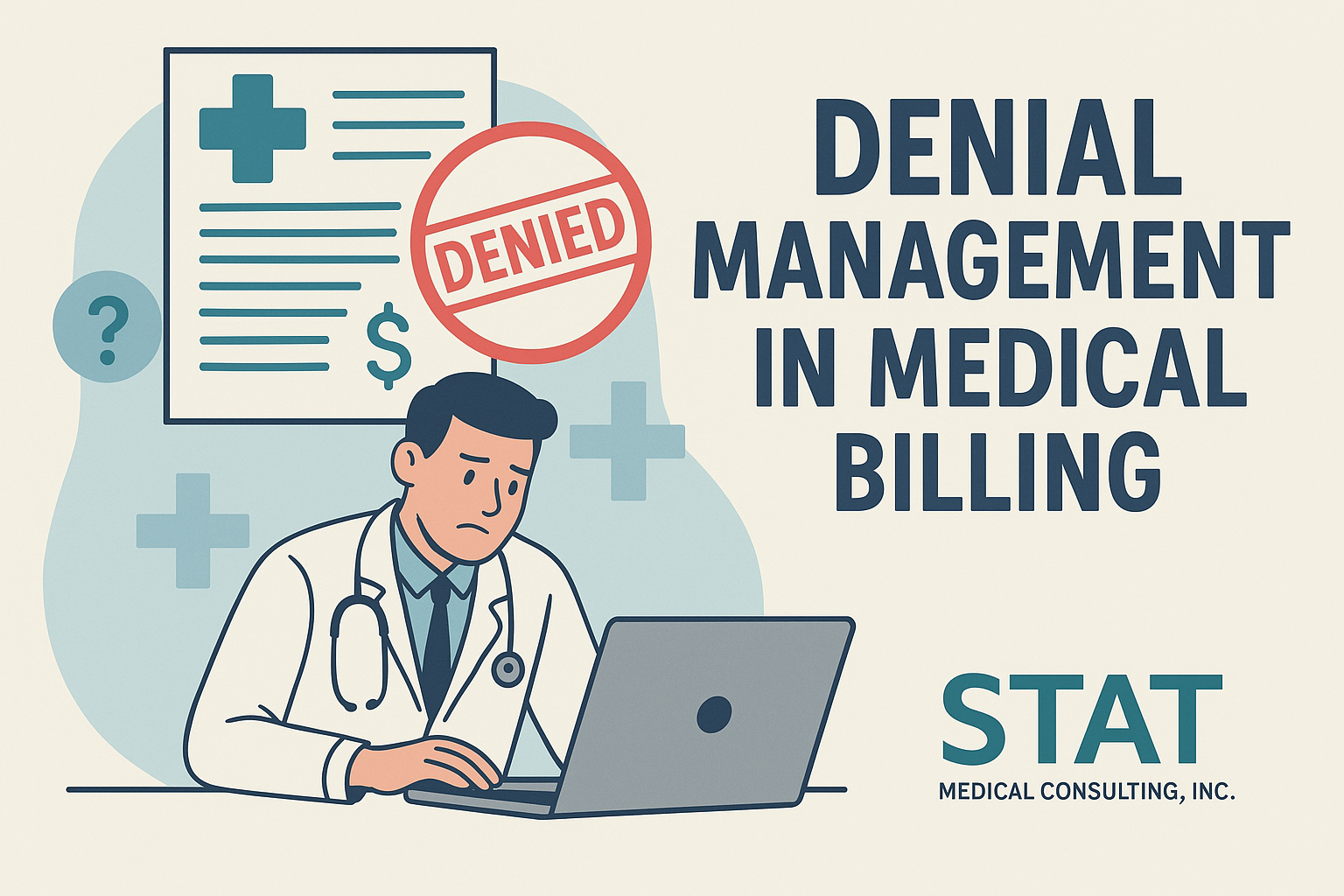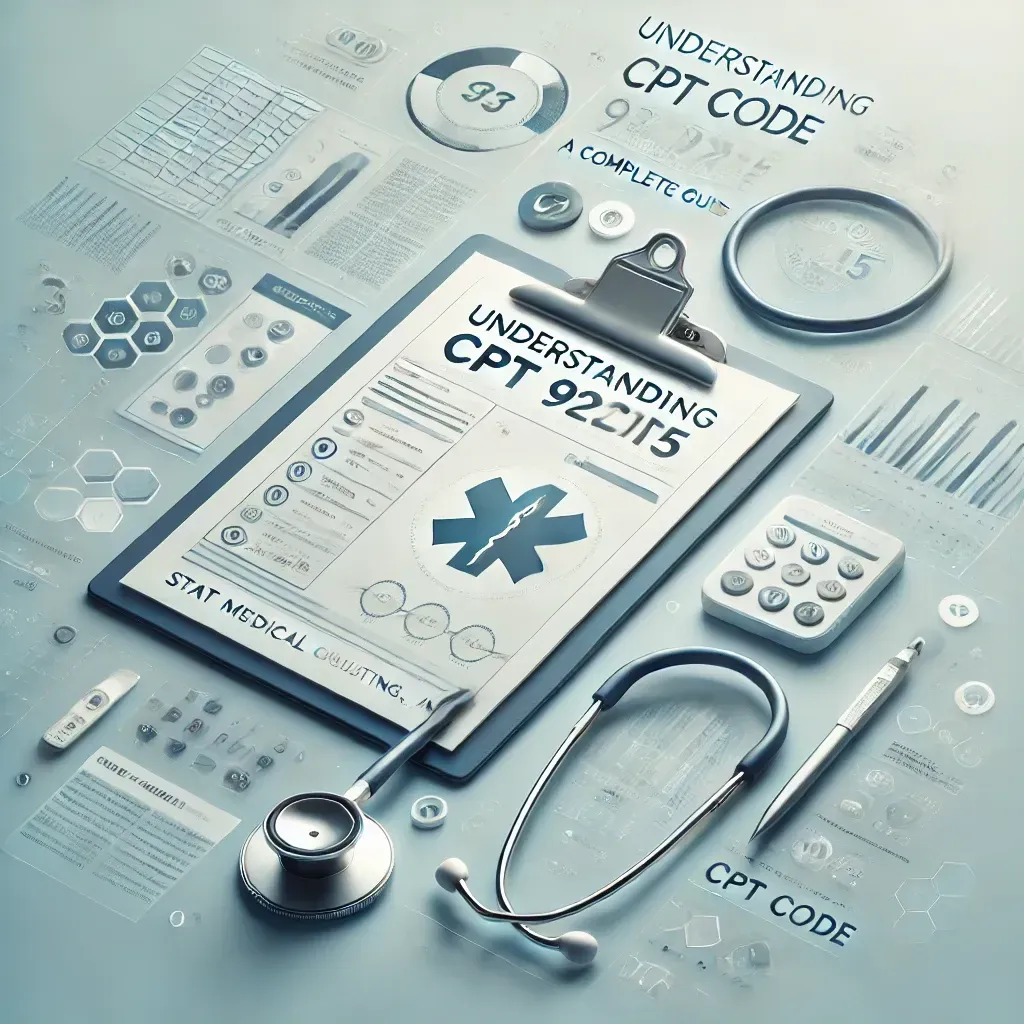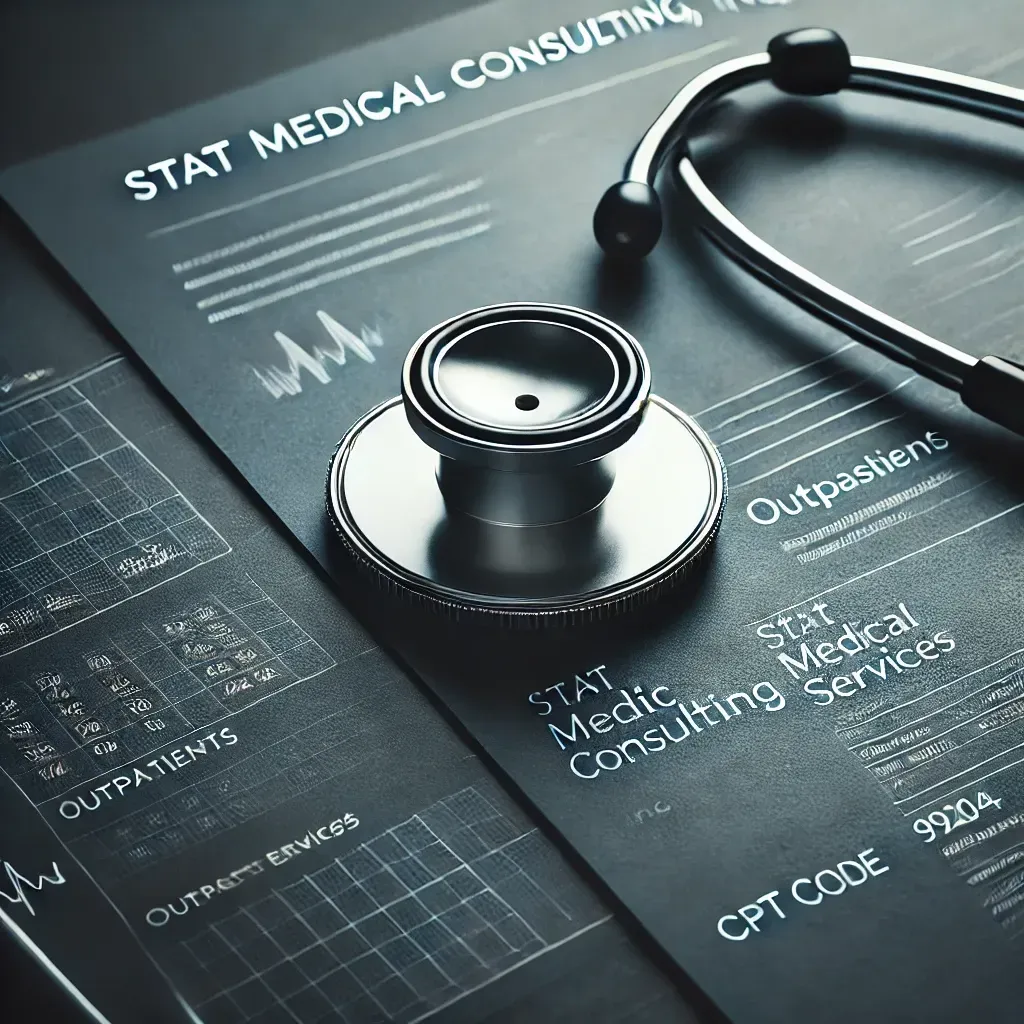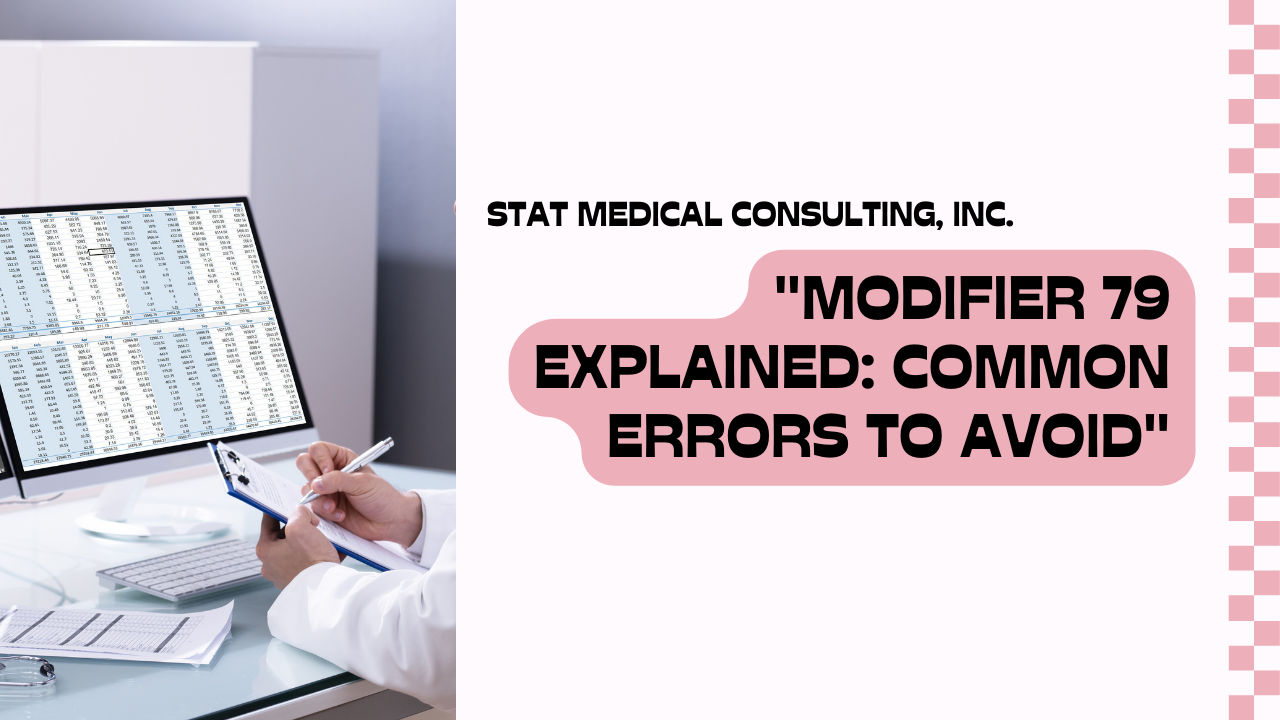What is Revenue Cycle in Healthcare Management or Medical Billing and Coding
What is the Revenue Cycle in Healthcare Management or Medical Billing and Coding
Medical billing and coding or Revenue Cycle in Healthcare Management is a procedure adopted by certified professional coders or Medical Billing Consultant to facilitate the reimbursement of medical claims from insurance companies. It is a comprehensive process encompassing various aspects, and understanding and familiarity with these aspects are crucial, particularly for those involved in the healthcare industry and generally for those not directly associated with this field. While it's a vast topic that cannot be completely covered in a single article, today's blog will address the following aspects of this topic.
- What is Medical Coding and Billing or Revenue Cycle in Healthcare Management
- What is a Certified Professional Coder
- What does a Certified Professional Coder do
- Coding System in Revenue Cycle in Healthcare Management
- What are ICD-10 codes
- What are CPT codes
- What are HCPCS codes
- DRG codes in Revenue Cycle in Healthcare Management
1. What is Medical Coding and Billing or Revenue Cycle in Healthcare Management
The insight provided by a certified professional coder emphasized our services' primary role: interpreting the services delivered by doctors or physicians. This involves precisely converting recommended or administered treatments into specific codes. These codes are then utilized for claims submitted to insurance companies or government healthcare programs, ensuring an accurate representation of the patient's incurred expenses.
The term "Medical coding and billing" inherently comprises two distinct procedures. Medical billing is the process that defines this comprehensive term, while coding is a component or an aspect of it. A medical coder is responsible for specifically identifying the medical code according to the treatment, whereas a medical biller prepares documents using these codes and finalizes the claim, submitting it to the relevant department.
The term "revenue cycle in healthcare management" refers to the entire process, of medical coding and billing, from when a patient appointment is scheduled to when the healthcare provider receives payment for services rendered. Medical coding and billing are crucial stages within this cycle as they directly impact the generation of claims and reimbursement, thus playing a significant role in managing and optimizing the revenue cycle.
2. What is a certified professional coder
A term usually used in healthcare revenue cycle healthcare management is certified professional coder (CPC). To become a CPC, individuals typically undergo comprehensive training and successfully pass a certification examination provided by professional organizations like the American Academy of Professional Coders (AAPC) or other certifying bodies. CPCs play a crucial role in healthcare revenue management by ensuring accuracy in coding, which impacts insurance reimbursements, patient care statistics, and healthcare data analysis.
3. What does a certified professional coder do
A Certified Professional Coder (CPC) is a revenue cycle healthcare management professional who specializes in accurately coding medical diagnoses, procedures, services, and supplies using standardized classification systems. These professionals are trained in various code sets (such as CPT, ICD, HCPCS, and DRG) and adhere to official coding guidelines to ensure proper documentation and billing for healthcare services.
4. Coding Systems in Revenue Cycle in Healthcare Management
The types of codes commonly used in the Revenue Cycle in Healthcare Management include:
ICD (International Classification of Diseases) codes
CPT (Current Procedural Terminology) codes
HCPCS (Healthcare Common Procedure Coding System) codes
DRG (Diagnosis-Related Group) codes
· What is ICD-10 codes
ICD stands for International Classification of Diseases, which is a system used worldwide for classifying and coding diagnoses, symptoms, and medical procedures. It provides a common language for reporting diseases and health conditions, allowing for uniformity in health information and facilitating the storage and retrieval of health-related data.
The current version of ICD in practice is the ICD-10 (International Classification of Diseases, 10th Revision). This version replaced the previous version, ICD-9, and is more detailed and comprehensive in its coding structure. ICD-10 includes both diagnosis (ICD-10-CM) and procedure (ICD-10-PCS) coding systems, offering a broader range of codes to describe diseases, conditions, and medical procedures. ICD-10 is used by healthcare providers, insurance companies, researchers, and policymakers worldwide for various healthcare purposes, including billing, statistical analysis, and clinical documentation.
· What are CPT codes
CPT stands for Current Procedural Terminology. It is a standardized system of medical codes developed and maintained by the American Medical Association (AMA). CPT codes are used to describe medical, surgical, and diagnostic services and procedures performed by healthcare providers in the United States.
CPT codes provide a uniform language for reporting medical services and procedures, facilitating accurate documentation, billing, and reimbursement for healthcare services. They consist of five-digit numeric codes and descriptive terms that categorize various medical services, enabling efficient communication among healthcare providers, insurers, and other entities involved in healthcare administration. CPT codes are regularly updated to reflect advances in medical technology and procedures.
· What are HCPCS codes
HCPCS stands for Healthcare Common Procedure Coding System. It is a coding system used primarily for billing Medicare, Medicaid, and other health insurance programs in the United States. HCPCS codes are maintained by the Centers for Medicare and Medicaid Services (CMS).
There are two levels of HCPCS codes:
Level I HCPCS codes: These are identical to the CPT (Current Procedural Terminology) codes and primarily include procedures, services, and supplies provided by healthcare professionals.
Level II HCPCS codes: These codes cover items, supplies, durable medical equipment (DME), prosthetics, orthotics, and other non-physician services not included in Level I codes (CPT). Level II codes are alphanumeric and are used for billing purposes, particularly for Medicare and Medicaid.
HCPCS Level II codes provide a standardized system for reporting and billing healthcare-related services and supplies, ensuring consistency and accuracy in reimbursement and documentation across various healthcare entities and insurance programs.
· DRG codes in Revenue Cycle in Healthcare Management
DRG stands for Diagnosis-Related Group. It is a system used for classifying and grouping patients with similar clinical characteristics and expected resource use into a single payment category for hospital reimbursement. The DRG system categorizes patients based on their diagnoses, procedures performed, age, sex, and other relevant factors.
Each DRG has a payment weight assigned to it, which reflects the average resources required to treat patients in that category. Hospitals use DRGs to determine the reimbursement they receive for inpatient services provided to Medicare and some other health insurance beneficiaries.
The purpose of the DRG system is to promote efficiency in healthcare delivery by assigning a fixed payment amount for specific groups of patients with similar conditions or procedures, thereby incentivizing hospitals to provide cost-effective care while maintaining quality standards.
Conclusion
In conclusion, the revenue cycle in healthcare management is pivotal for timely and accurate payments. Medical coding, including ICD-10, CPT, HCPCS, and DRG codes, is integral. Certified Professional Coders, like those at Stat Medical Consulting, Inc., ensure a smooth coding cycle. With extensive experience in all coding systems, we optimize financial performance, reduce claim denials, and streamline the revenue cycle for healthcare providers. With our expertise, we optimize financial performance and streamline the revenue cycle. Contact us to ensure accurate payments and reduce claim denials.











